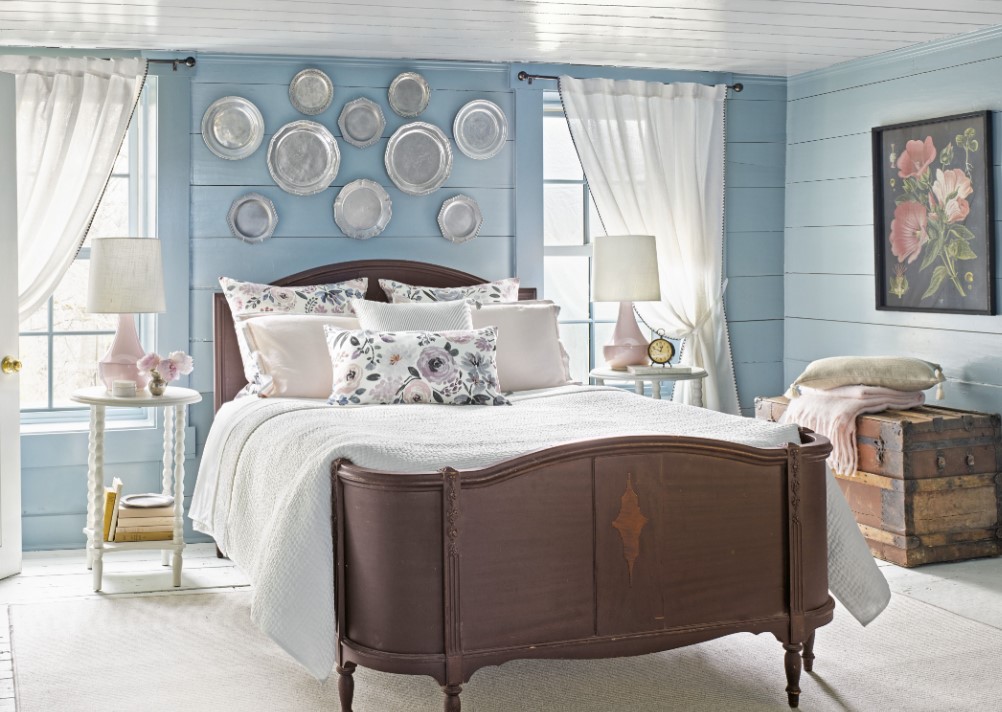Choosing the right paint color for small spaces can significantly impact the perception of size and atmosphere. While a small room can feel cozy and intimate, the wrong color choice can make it feel cramped and claustrophobic. The right paint color can enhance light, add dimension, and create a welcoming ambiance. In this guide, we will explore the best paint color ideas for small spaces to help you make informed decisions that will transform your compact areas into beautiful, functional, and inviting spaces.
Light and Bright Colors
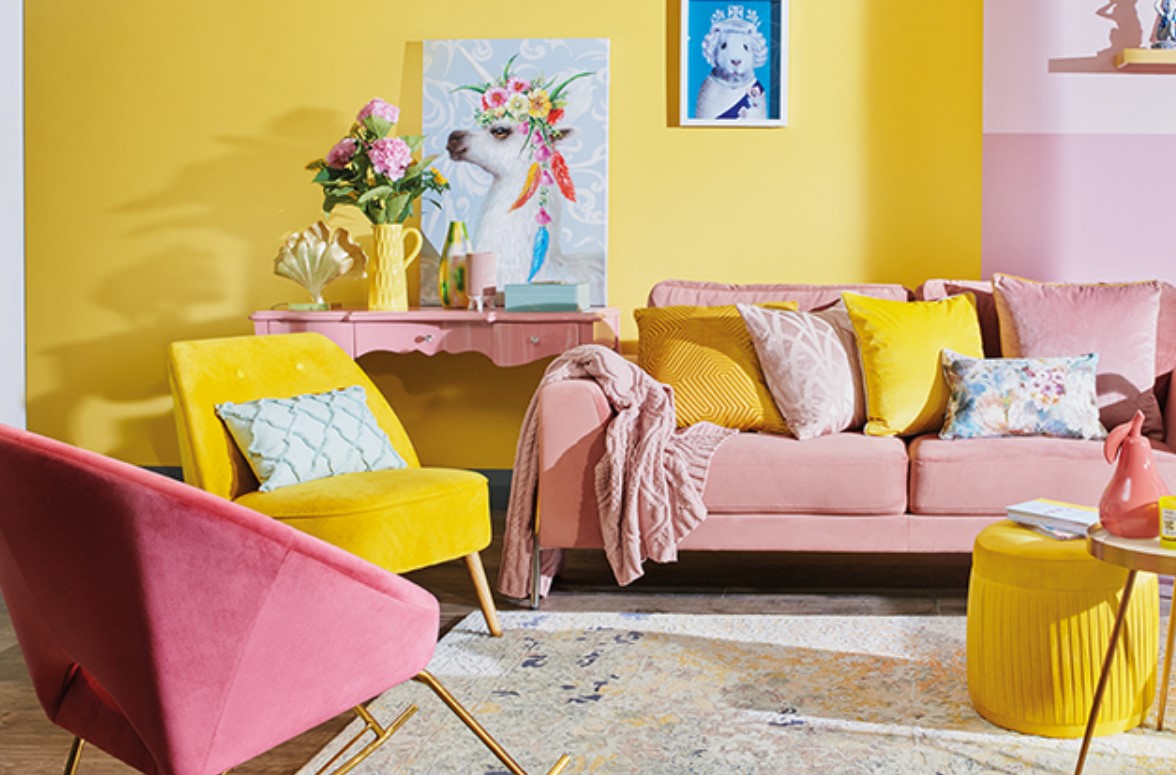
When it comes to interior design, light and bright colors hold a unique power. These hues can transform a space, making it feel more open, airy, and welcoming. In this article, we will explore the impact of light and bright colors on different environments, how to effectively incorporate them into your design, and the psychological effects they have on occupants.
White and Off-White Shades
White and off-white shades are classic choices for small spaces. These colors reflect light, making the room feel larger and more open. They create a clean, fresh look and can be paired with any decor style.
- Pure White: A crisp, pure white can give your space a bright and airy feel.
- Eggshell: This soft, warm white adds a bit of coziness without losing the spacious feel.
- Ivory: Ivory provides a subtle, creamy warmth that’s perfect for creating an inviting atmosphere.
Soft Pastels
Soft pastel colors are another excellent option for small spaces. They add a touch of color without overwhelming the room, maintaining a light and open feel.
- Pale Blue: A soft blue evokes a sense of calm and tranquility, reminiscent of clear skies and open spaces.
- Mint Green: This refreshing color brings a touch of nature indoors, creating a soothing environment.
- Blush Pink: A gentle blush pink adds a warm, cozy feel while still keeping the space light and airy.
Light Gray
Light gray is a versatile neutral that works well in small spaces. It adds sophistication and depth without making the room feel smaller.
- Pale Gray: A pale gray can create a modern, sleek look while reflecting light to make the room feel larger.
- Greige: A blend of gray and beige, greige is a warm neutral that adds depth and warmth to a small space.
Psychological Effects of Light and Bright Colors
Colors play a crucial role in our daily lives, influencing our emotions, perceptions, and overall well-being. The use of light and bright colors in various environments can have profound psychological effects, impacting mood, behavior, and mental health. In this article, we will explore the different ways light and bright colors affect our psychology and how they can be effectively utilized to create positive and productive spaces.
Promoting Positivity and Energy
Colors have a profound impact on our psychological well-being. Light and bright colors are known to promote positivity, energy, and happiness. For instance, yellow is associated with joy and optimism, while light blue can evoke feelings of calm and tranquility. By carefully selecting colors, you can influence the mood and behavior of the room’s occupants.
Reducing Stress and Anxiety
Soft, light colors can also help reduce stress and anxiety. Shades like light green and lavender are particularly soothing and can create a relaxing environment. These colors are ideal for bedrooms, bathrooms, and other spaces where you seek tranquility and peace.
Improving Focus and Productivity
In workspaces, light and bright colors can enhance focus and productivity. White and light gray provide a neutral backdrop that minimizes distractions, while pops of brighter colors can stimulate creativity and alertness. This makes light and bright colors an excellent choice for home offices or study areas.
Bold and Dark Colors
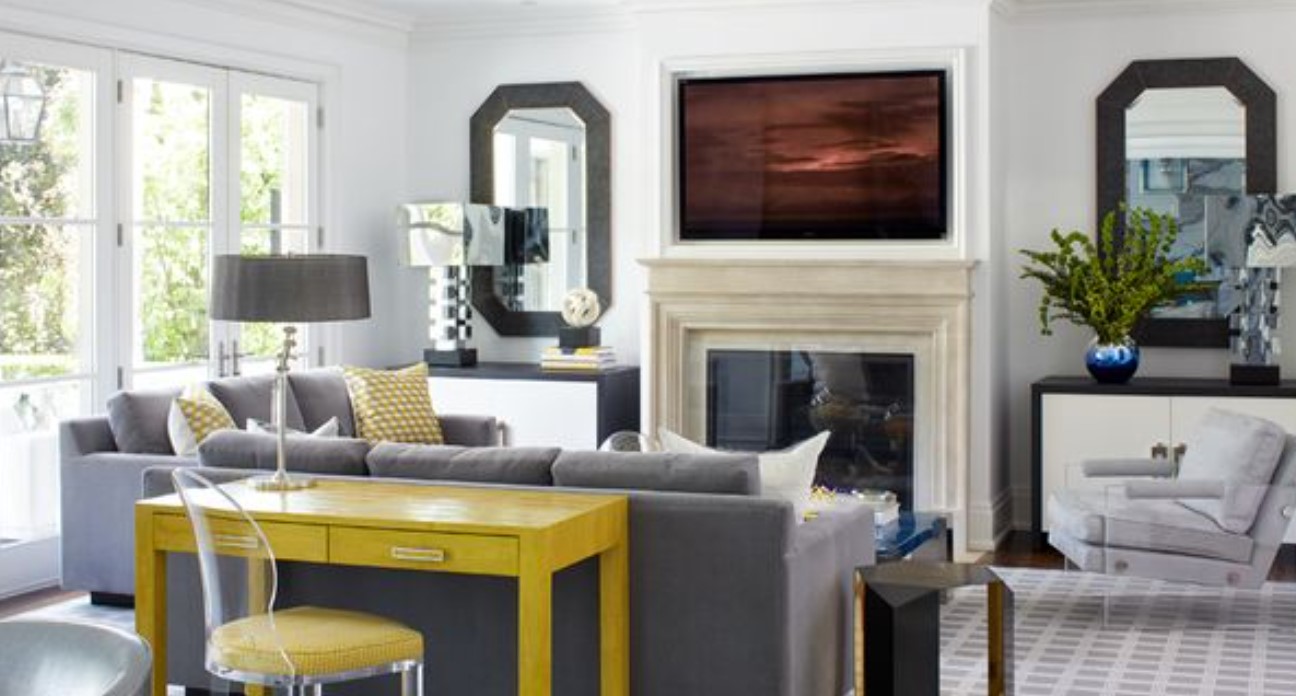
Bold and dark colors possess a unique ability to create depth, drama, and sophistication in interior design. These hues, when used thoughtfully, can transform spaces into elegant and striking environments. In this article, we will delve into the impact of bold and dark colors on various settings, how to incorporate them effectively, and the psychological effects they have on individuals.
Navy Blue
Navy blue is a bold choice that can add depth and richness to a small space. It creates a dramatic, cozy atmosphere and pairs well with white or metallic accents to add contrast and interest.
Charcoal Gray
Charcoal gray is a deep, sophisticated color that adds a sense of luxury and elegance to small spaces. It works particularly well in rooms with plenty of natural light and can create a striking contrast with lighter furnishings.
Deep Green
Deep green shades like forest green or emerald can bring a sense of nature and tranquility to a small room. These rich hues create a warm, inviting atmosphere and pair well with natural wood tones and metallic accents.
Psychological Effects of Bold and Dark Colors
Colors have a profound impact on our emotions and behaviors. Bold and dark colors, in particular, carry significant psychological weight. These hues can evoke a wide range of feelings, from calm and sophistication to power and intensity. In this article, we will explore the psychological effects of bold and dark colors and how they can be used to create desired atmospheres in various spaces.
Evoking Elegance and Luxury
Bold and dark colors are often associated with elegance and luxury. Colors like deep purple, navy blue, and black can create a sense of opulence and sophistication. These hues are perfect for spaces where a luxurious ambiance is desired, such as formal living rooms, dining areas, and master bedrooms.
Promoting Calmness and Relaxation
Despite their intensity, certain bold and dark colors can promote calmness and relaxation. Deep blues and greens, for example, have a soothing effect, reminiscent of nature and tranquility. These colors can be used in bedrooms and bathrooms to create a serene and restful environment.
Stimulating Creativity and Focus
Bold colors like red and dark orange can stimulate creativity and focus. These colors are energizing and can invigorate the mind, making them suitable for workspaces, studios, and home offices. However, it is essential to use these colors in moderation to avoid overstimulation.
Conveying Power and Authority
Dark colors such as black and charcoal gray can convey power and authority. These colors exude confidence and strength, making them ideal for spaces where a commanding presence is desired, such as home offices, libraries, or executive suites.
Color Accents and Feature Walls
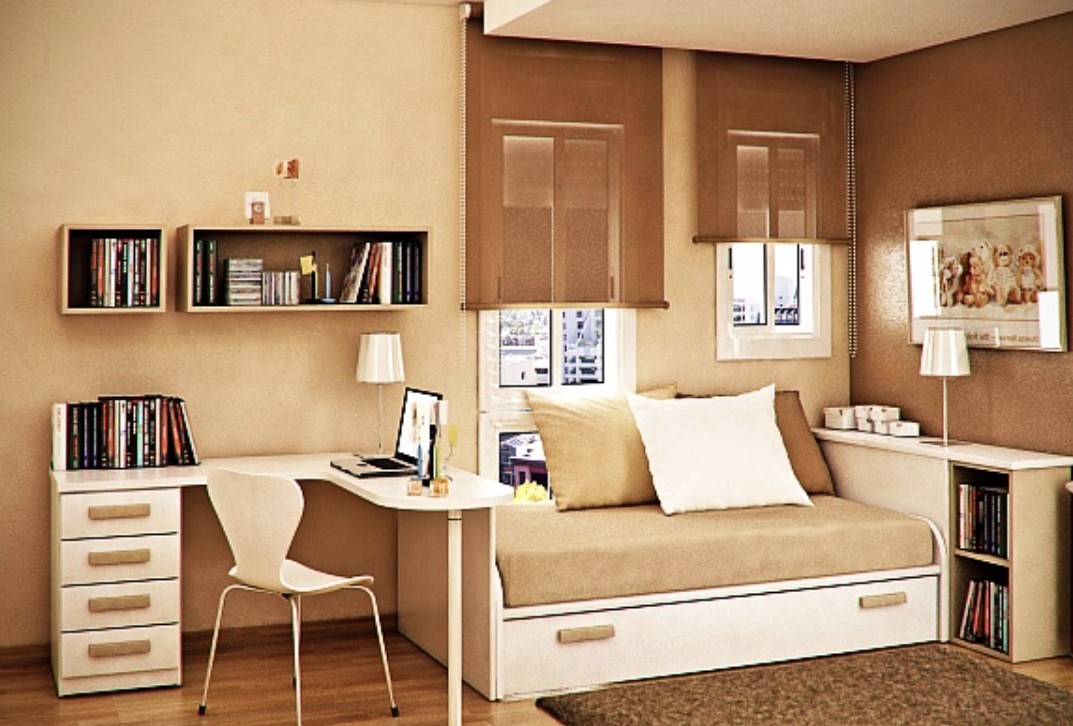
In the realm of interior design, color accents and feature walls hold a powerful position. These design elements can transform a room, adding depth, character, and visual interest. In this article, we will delve into the benefits of using color accents and feature walls, how to choose the right colors, and the best practices for incorporating these elements into your home.
Accent Walls
Creating an accent wall with a bold color can add depth and interest to a small space without overwhelming it. Choose one wall to highlight with a vibrant hue while keeping the other walls in lighter, neutral tones.
- Emerald Green Accent Wall: This rich, jewel-toned color can add a touch of luxury and drama to a small room.
- Mustard Yellow Accent Wall: A warm mustard yellow can add a cheerful, vibrant focal point to your space.
Two-Tone Walls
Two-tone walls can add visual interest and depth to a small room. Use a darker color on the lower half of the wall and a lighter shade on the upper half to draw the eye upward and create a sense of height.
- Navy and White: This classic combination adds sophistication and depth.
- Gray and Soft Blue: This pairing creates a calm, serene environment with a touch of modern style.
Benefits of Color Accents and Feature Walls
- Creating Focal Points
One of the most significant advantages of color accents and feature walls is their ability to create focal points. A well-chosen accent wall or a splash of bold color can draw the eye and provide a central point of interest in a room. This technique can be used to highlight architectural features, artwork, or specific areas within a space. - Adding Depth and Dimension
Color accents and feature walls can add depth and dimension to a room. Darker or contrasting colors can make walls recede or stand out, creating a more dynamic and layered look. This effect can be particularly beneficial in smaller spaces, where a sense of depth can make the room feel larger and more open. - Infusing Personality and Style
Incorporating color accents and feature walls allows homeowners to infuse their personality and style into a space. Whether you prefer bold and vibrant hues or subtle and muted tones, these elements can reflect your taste and enhance the overall aesthetic of your home.
Using Color to Enhance Space
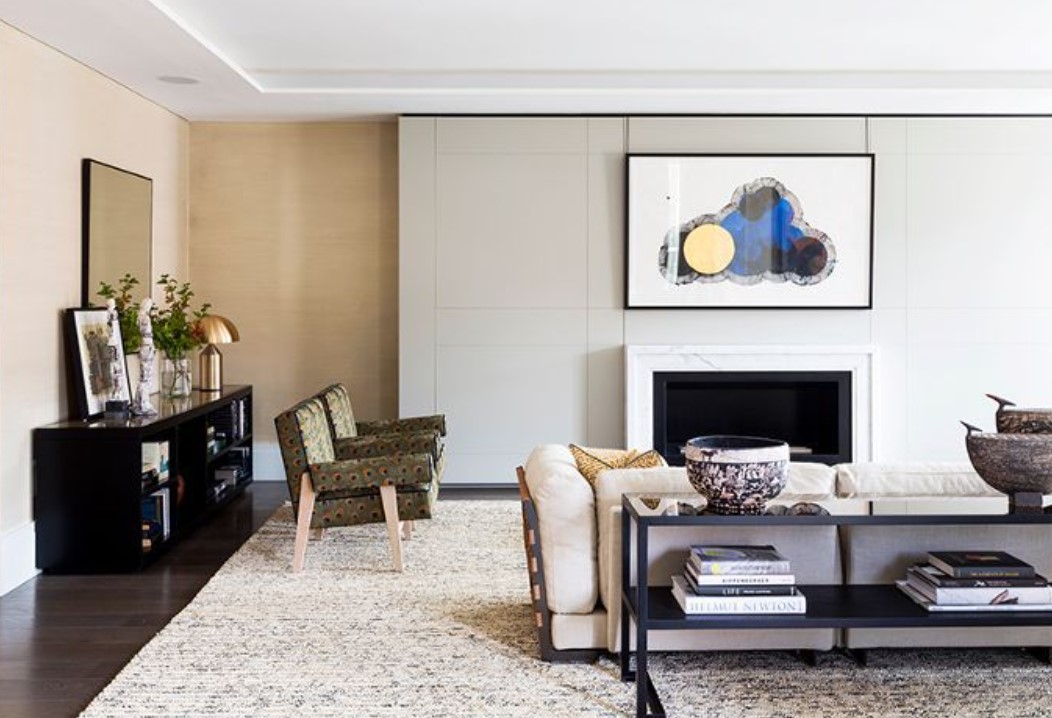
Colors play a vital role in shaping our perception of space. In small rooms, the right use of color can make a significant difference in how large or small the space feels. By understanding how to use colors effectively, you can create an environment that feels open, airy, and inviting. This guide will explore various techniques for using color to enhance space, offering practical tips to transform your small areas into visually appealing and functional rooms.
Light Colors to Open Up Space
Whites and Off-Whites
White and off-white colors are timeless choices for small spaces. They reflect light and make the room feel larger and more open.
- Pure White: A bright, clean white can make any room feel spacious and airy.
- Eggshell: This soft white offers warmth without compromising the light, open feel.
- Ivory: A creamy white that adds a hint of coziness to the space.
Pastels
Soft pastel colors are excellent for adding a touch of color without overwhelming the space. They maintain a light, open feel while introducing subtle hues.
- Pale Blue: Creates a serene, calming atmosphere reminiscent of clear skies.
- Mint Green: Brings a refreshing, natural feel into the room.
- Blush Pink: Adds warmth and a soft, welcoming ambiance.
Light Grays
Light gray is a versatile neutral that can add sophistication and depth to a small room without making it feel closed in.
- Pale Gray: Offers a modern, sleek look while reflecting light to enlarge the space.
- Greige: A blend of gray and beige that adds warmth and elegance.
Bold Colors for Depth and Drama
Navy Blue
Navy blue can add depth and a sense of coziness to a small space. When paired with white or metallic accents, it creates a striking contrast.
Charcoal Gray
A deep, sophisticated charcoal gray can make a small space feel luxurious and elegant, especially when balanced with lighter furnishings and ample natural light.
Deep Green
Rich shades of green, such as forest or emerald green, bring a sense of tranquility and connection to nature, making the room feel more grounded and inviting.
Accent Walls and Two-Tone Techniques
Accent Walls
Using a bold color on one wall can create a focal point, adding depth and interest without overwhelming the entire room.
- Emerald Green: Adds a touch of luxury and drama.
- Mustard Yellow: Introduces a vibrant, cheerful element.
Two-Tone Walls
Painting the lower half of the wall in a darker color and the upper half in a lighter shade can draw the eye upward, creating the illusion of height.
- Navy and White: A classic combination that adds sophistication.
- Gray and Soft Blue: Creates a calm, modern feel.
Ceilings and Trim
Light Ceilings
Painting the ceiling a lighter color than the walls can make the room feel taller and more open. White is often the best choice for reflecting light.
Matching Trim
Using the same color for the trim as the walls can create a seamless look, reducing visual clutter and making the space feel larger.
Reflective Finishes
Satin and Semi-Gloss Finishes
These finishes reflect light, making the room feel brighter and more open. They are also durable and easy to clean, which is beneficial for small, high-traffic areas.
Using color effectively can transform small spaces, making them feel larger, brighter, and more inviting. By choosing the right colors and finishes, you can create a beautiful, functional environment that maximizes your space. Whether you prefer light and airy hues or bold, dramatic shades, these tips will help you enhance your small rooms with the power of color.
